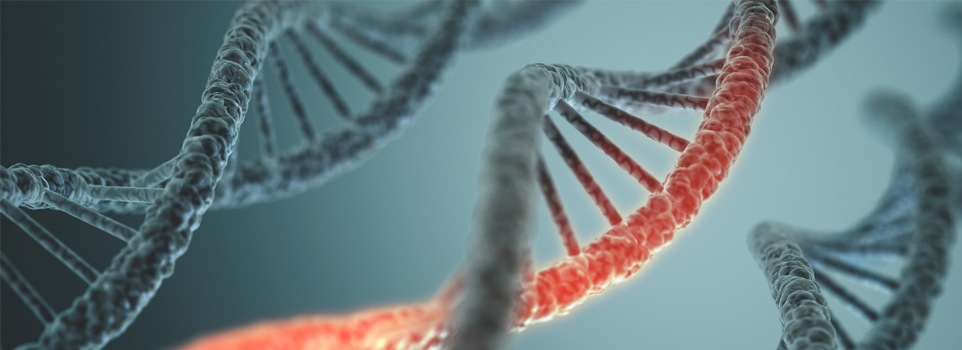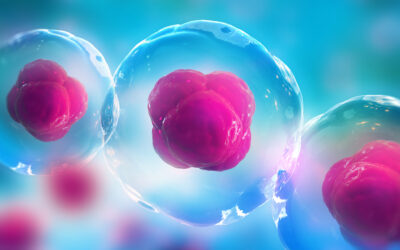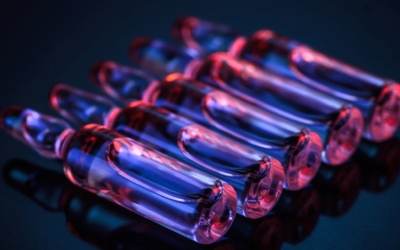
By Tracy TreDenick-Fricke, BioTechLogic, Head of Regulatory and Quality, and Senior Consultant
Since their discovery, gene therapies have been praised for their ability to effectively deliver cures for debilitating diseases and conditions, many of which have no other alternative treatment options available. The number of gene therapy clinical trials continues to climb both in the US and worldwide. With frequent reports of successes in many of these gene therapy clinical trials, the US market may soon see the additional gene therapy drug products on the market. While gene therapies are not a new concept, the ability to bring gene therapies to the brink of widespread commercialization is due in large part to enhanced vector design and improved CMC strategies. A variety of viral vectors have demonstrated in many recent trials that therapeutic genes can be delivered safely, with researchers reporting remarkable evidence of efficacy.
While significant advancements have been made, gene therapies still present many manufacturing challenges, including the variability and complexity inherent in the components used to generate the final product (e.g., cell source and raw material quality), the potential for agent contamination, the need for aseptic processing, and low batch yields.
Earlier days of gene therapy development and the sometimes-dashed hopes of both developers and regulators taught us that very early phase product understanding and characterization is critical. This white paper discusses early-phase requirements for gene therapy products and the unique challenges they present. At several points, the white paper will also discuss longer-range challenges and approaches that will ultimately affect the outcome of the development process and the eventual marketability of the product.
Gene Therapy Products and How They Are Used
Gene therapies are quite different than traditional small-molecule drugs or even other biologics. They work by delivering altered genetic material or, less commonly, by adjusting the sequence of the human genome. Gene therapy products consist of genetically modified nucleic acids, or viruses. They often achieve their targeted effects by transferring genetic material that is then transcribed or translated inside a cell, resulting in a new RNA and protein. As mentioned above, a therapeutic is also considered a gene therapy when it directly modifies the human genome—for instance, by modifying its sequence.
How are gene therapy products used? Often, gene therapy vectors are administered directly to the patient, modifying the patient’s cells to achieve the desired outcome. In fact, this delivery is often accomplished using a virus to carry the genetic cargo into the targeted cells.
CMC Section of a Gene Therapy IND
As gene therapy developers move into the formal development process, they must consider regulatory requirements and proactively set the stage for successful later-phase development. This often means working well beyond IND requirements. The CMC section of a gene therapy IND is designed to help regulators assess whether the developer has provided sufficient information to assure the proper identification (i.e., identity testing), quality, purity, and strength of continue reading.




